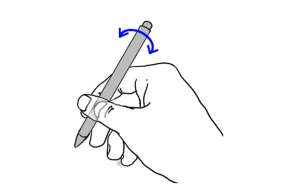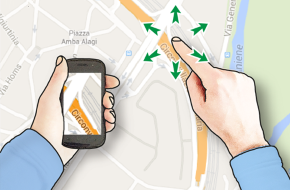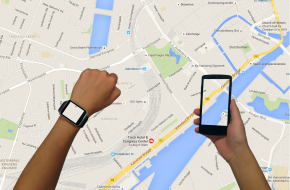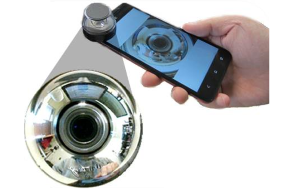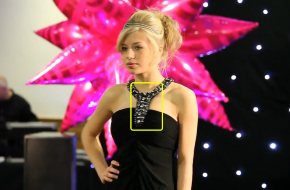An Exploration of Absolute and Relative Cursor Positioning for Back-of-Device Input
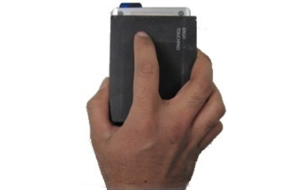
Touch interactions on mobile devices impose several limitations, such as occlusion and reachability. Prior studies have shown that these challenges can be overcomed by allowing users to interact with the back-side of the device or back-of-device input. This form of input allows users to control an on-screen cursor from behind the screen, thus reducing occlusion and improving the performance of some routine tasks, such as pointing and steering.
In this project, we focus on studying selection mechanisms and suitable mode of cursor movement (Relative and Absolute) for one-handed back-of-device input.
Research Methods & Data Analysis:
Three Usability-Lab Studies, User Experience Questionnaires
Repeated Measures ANOVA, Post-hoc Pairwise Comparisons
Publication:
Khalad Hasan, Xing-Dong Yang, Hai-Ning Liang and Pourang Irani. 2012. How to Position the Cursor? An Exploration of Absolute and Relative Cursor Positioning for Back-of-Device Input. In Proceedings of the 13th International Conference on Human-Computer Interaction with Mobile Devices and Services (MobileHCI 2012). San Francisco, CA. ACM. 79-82.
Related Files:
Programming Language and Environment:
C++, Ergonomic Trackpad, C#, Windows Mobile

